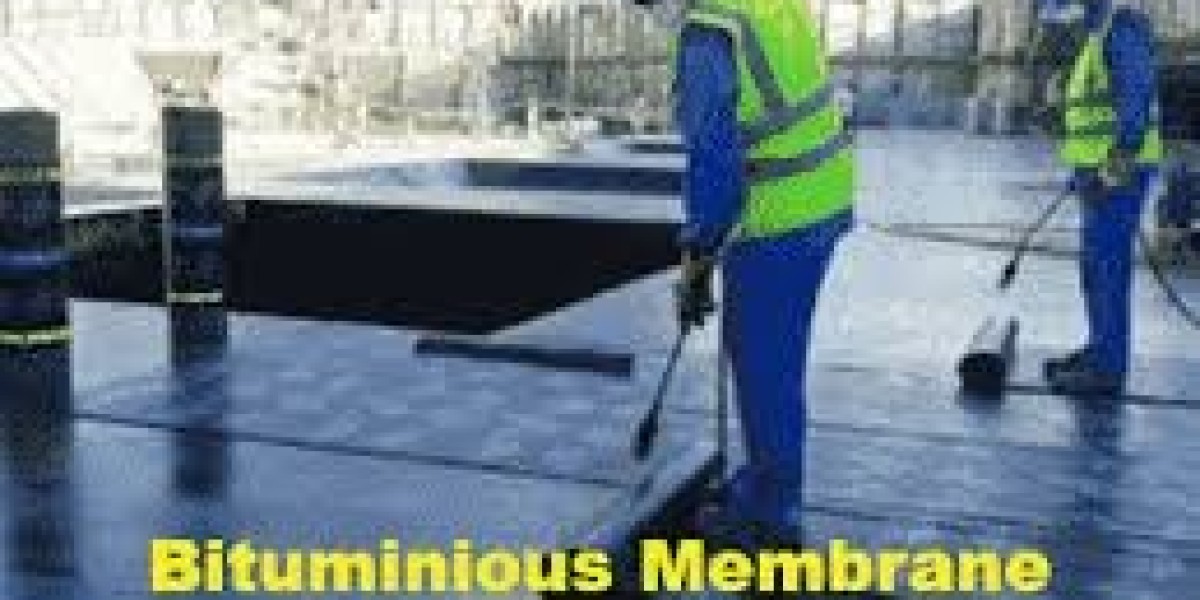Roof waterproofing is one of the most essential processes in construction and building maintenance. It ensures that the roof remains protected from water damage, leaks, and moisture penetration. A properly waterproofed roof can extend the life of a building, prevent costly repairs, and improve overall structural integrity. Whether it is a residential house, commercial building, or industrial facility, roof waterproofing plays a vital role in maintaining safety, comfort, and durability.
Understanding Roof Waterproofing
Roof waterproofing is the process of applying a protective layer or coating on the roof surface to prevent water from seeping into the structure. This layer acts as a barrier between the roof and external weather conditions. Since roofs are constantly exposed to sunlight, rain, wind, and temperature fluctuations, they are highly susceptible to cracks and leaks. Without proper waterproofing, even a small leak can lead to major structural issues such as damp walls, mold growth, and ceiling damage.
Importance of Roof Waterproofing
Prevents Water Leakage
The primary purpose of roof waterproofing is to stop water leakage. Continuous exposure to rain and moisture can cause cracks and deterioration of roofing materials. Once water seeps into the building, it can damage walls, electrical systems, and interior finishes. Waterproofing helps prevent these issues by sealing the roof surface and stopping water entry.Increases Roof Longevity
Roof waterproofing significantly increases the life of the roof. It provides a strong protective barrier against environmental factors like UV rays, heavy rain, and humidity. This helps reduce the wear and tear on roofing materials, ensuring that the roof lasts for many years without major maintenance.Improves Energy Efficiency
Many waterproofing solutions also act as heat reflectors. They prevent heat from penetrating the roof surface, keeping the interior cooler during summer. This reduces the need for excessive air conditioning, which ultimately lowers electricity bills and improves energy efficiency.Reduces Maintenance Costs
A roof that is properly waterproofed requires minimal maintenance. Since it prevents water-related damages such as cracks, rusting, and mold formation, property owners can save money on frequent repairs. Investing once in a quality waterproofing system can help avoid future maintenance costs.Enhances Property Value
A well-maintained and waterproofed roof adds value to the property. It not only improves the building’s appearance but also assures potential buyers or tenants that the structure is durable and safe from leaks and moisture problems.
Common Roof Waterproofing Methods
There are various methods available for roof waterproofing, and the choice depends on the type of roof and building requirements. Here are some of the most common techniques:
Cementitious Waterproofing
This is one of the simplest and most widely used waterproofing methods. It involves applying a mixture of cement-based compounds on the roof surface. Cementitious waterproofing is easy to apply and ideal for internal areas such as bathrooms, water tanks, and basements. However, it is not very flexible and may not withstand significant movement or temperature changes.Liquid Waterproofing Membrane
Liquid membrane waterproofing involves applying a thin coating of liquid-based material on the roof. Once it dries, it forms a seamless and flexible waterproof layer. It is suitable for all types of roofs, including flat and sloped surfaces. This method is highly durable and provides excellent resistance against UV rays and extreme weather conditions.Bituminous Membrane Waterproofing
Bituminous membrane is a popular choice for flat roofs. It consists of asphalt-based materials reinforced with fiberglass or polyester. The membrane is either torched or self-adhesive and provides a strong, durable, and water-resistant surface. This method offers long-lasting protection and is often used in both residential and commercial buildings.Polyurethane Waterproofing
Polyurethane coating is one of the most effective waterproofing systems due to its high flexibility and durability. It can easily fill cracks and gaps in the roof surface, ensuring complete protection. Polyurethane waterproofing is suitable for roofs that experience heavy rainfall or temperature variations.EPDM Rubber Waterproofing
EPDM (Ethylene Propylene Diene Monomer) is a synthetic rubber material used for waterproofing large commercial and industrial roofs. It is highly resistant to UV rays, ozone, and temperature changes. The installation process is simple, and the material has a long lifespan.
Maintenance Tips for Roof Waterproofing
Regular maintenance ensures that the waterproofing layer remains effective over time. Here are some essential tips:
Inspect the roof at least twice a year, especially before and after the rainy season.
Clean the roof surface regularly to remove debris, leaves, and dirt.
Check for cracks, blistering, or peeling of the waterproof coating and repair them immediately.
Ensure that drainage systems and gutters are clear to prevent water accumulation.
Hire professional waterproofing experts for periodic inspection and reapplication when needed.
Conclusion
Roof waterproofing is an essential part of building maintenance that should never be ignored. It protects the structure from water leakage, enhances durability, and improves energy efficiency. With multiple waterproofing solutions available today such as liquid membranes, bituminous coatings, and polyurethane systems property owners can choose the most suitable method based on their budget and roofing type. Regular inspections and timely maintenance further ensure long-lasting results. Investing in roof waterproofing is not just about preventing leaks; it is about protecting your property, ensuring comfort, and maintaining its value for years to come.








